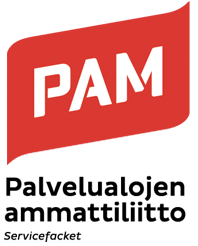Centralised bargaining
Updated: 17.12.2021
Centralised bargaining on the terms and conditions of employment means that a collective settlement is negotiated between labour market confederations – in other words, the Central Organisation of Finnish Trade Unions (SAK), the Finnish Confederation of Salaried Employees (STTK), and the Confederation of Unions for Professional and Managerial Staff in Finland (Akava), representing employees, on the one hand, and the Confederation of Finnish Industries (EK), KT Local Government Employers, and the Office for the Government as Employer (VTML), representing employers, on the other.
The Confederation of Finnish Industries (EK), however, recently amended its rules such that, since the spring of 2016, it has no longer been involved in negotiating centralised income policy settlements. In practical terms, it is therefore no longer possible to forge centralised settlements.
Government authorities have also been involved in making comprehensive income policy settlements, which have included various types of tax relief or unemployment security reforms, etc.
However, the labour market confederations have not concluded collective agreements; instead, their members – in other words, trade unions and employer organisations – have applied the items agreed in the centralised bargaining process in their respective collective agreements.
PAM is one of SAK’s member unions. PAM negotiates collective agreements with different employer organisations, such as the Finnish Commerce Federation, the Finnish Hospitality Association MaRa, Service Sector Employers Palta, and Real Estate Employers. These are all EK member organisations.


